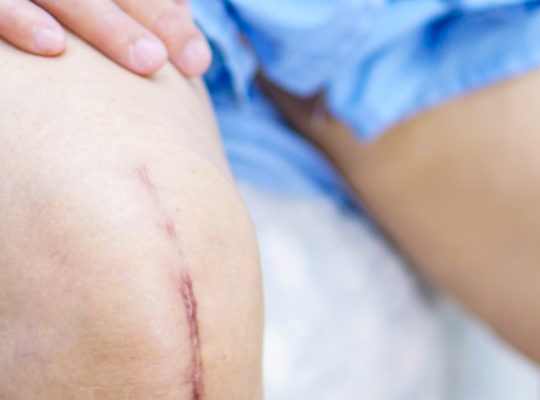Frostbite is a concern in the winter months for anyone who spends substantial time outdoors. In the most minor cases it can cause temporary discomfort and in the most serious cases it can require an amputation. Understanding how it is caused and recognizing the symptoms can help to alleviate some of the risk.
Frostbite is when skin and underlying tissues actually freeze due to exposure to cold weather. Some of the areas that are most susceptible are the feet, hands, cheeks, nose and ears. The symptoms tend to be easy to identify: if the skin becomes discolored or waxy, then you may have frostbite. If you suspect that this is the case, you should:
- Get out of the cold and begin to warm up quickly if in the proper location (can be permanently warmed and can be done without direct heat). Though it seems counterintuitive, you should not begin the warming process if you will not be able to maintain the warmth (such as you must go back outside immediately after the warming), as the thawing and freezing cycle is very bad for the frostbitten body parts and will cause more damage in the long run.
- If you are able to thaw the affected areas, this can be done by put hands or feet in warm water since direct heat can cause burning if the skin is exposed too long before the numbness goes away.
- If numbness persists or blisters develop, then this may be a sign of severe frostbite and you should seek emergency medical assistance. Any form of severe frostbite must be treated and evaluated by a medical professional.
Dressing properly for the weather will help you to avoid frostbite. Extremities are generally the first areas that are affected, because the body will restrict blood flow to these areas to help preserve core temperature. By being prepared with warm clothes, the body will not need to restrict blood flow as much, keeping extremities from becoming frozen. For more information about dressing for the weather see our blog post “5 Tips for Staying Warm During Outdoor Activities This Winter”.
Frostbite usually occurs in anyone who is unable feel the cold or unable to warm up. Often mountain climbers and hikers as well as alcoholics or the homeless can be affected either because they can not feel the cold or because they have no way of staying warm. The elderly and the very young are also at risk as they might not recognize the warning signs before the condition becomes more serious. Be sure to check children for frostbite if they have been outside in the cold for a while.
Have fun and stay safe this winter!



